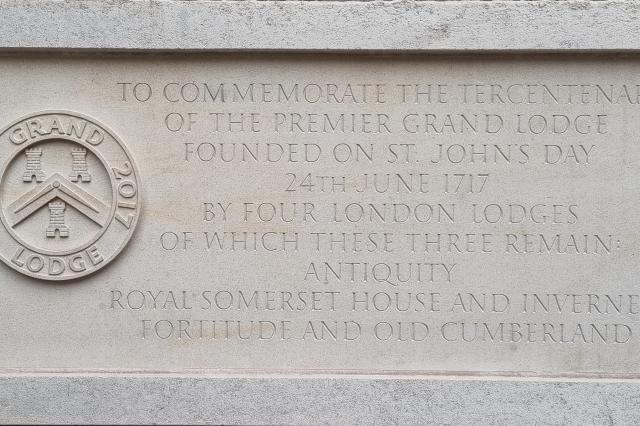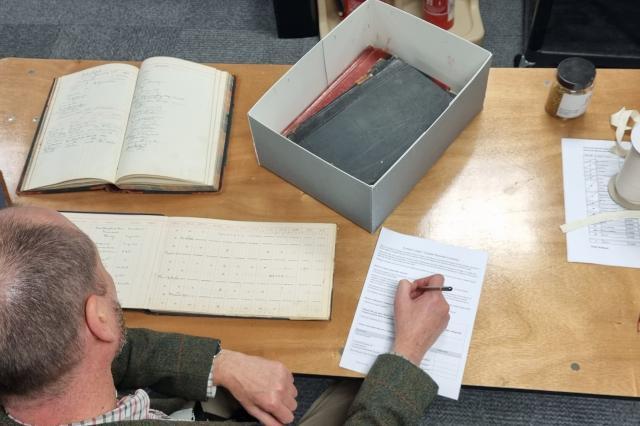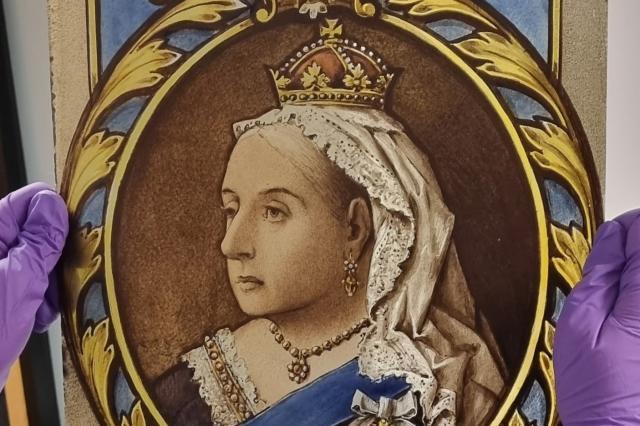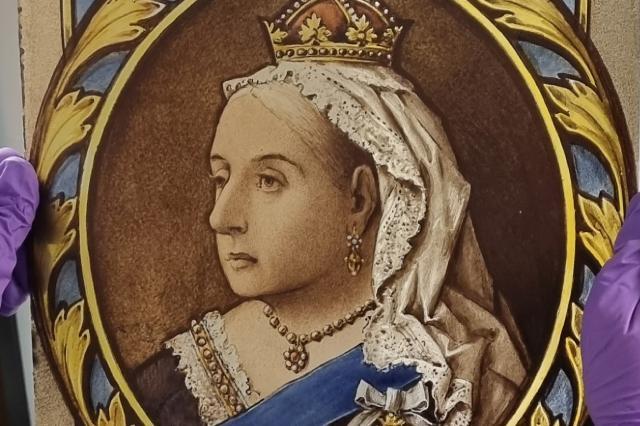As the saying goes, ‘All good things must come to an end’ and so, as Lodges and Chapters open, it’s inevitable that others must close, or ‘erase’. This can happen for lots of different reasons. Although membership decline is a common one, Lodges and Chapters also choose to close for reasons that are more positive. Ad Astra Lodge formed to bring together as comrades the men designing warplanes at Farnborough in the First World War. When that institution dispersed, the Lodge felt its work was done and erased rather than become a generic Lodge. Jean d’Arc Lodge, formed after the First World War, had reached the end of the line but revived with a name change to Formula One Lodge and goes into the future celebrating both identities.
It's also worth noting that erasure is by no means new. Of the four Lodges who met to form the first Grand Lodge in 1717, one of them was erased only twenty years later. It’s not all doom and gloom though; rest assured that these Lodges and Chapters leave quite a legacy with us in the museum.

Once a Lodge or Chapter is formally erased, the Book of Constitutions says that the records (and the Warrant / Charter) should be returned to Grand Lodge as they, technically, become the property of the Grand Master.
When they arrive, the Warrants and Charters are cancelled by UGLE and the records are passed to the Archives Team in the Museum, where the Archivists, and a team of dedicated volunteers, sort and list them. As part of the process, we remove old rusty pins and paperclips, and records occasionally need cleaning. Smoke sponges, unbleached lint-free cloths and soft brushes remove surface dirt before records are repacked in acid-free folders and boxes. This repacking prevents further deterioration of the records over time, as it stabilises the environment in which they are stored. This environment is further stabilised as we send the boxes offsite to a specialist storage facility.
Once records have been sorted and listed, the Archivists add details onto our online catalogue, where we include a short history of the Lodge or Chapter, as well a record of the information held in the records. These catalogue records ensure that anyone interested in the history of an erased Lodge or Chapter, can access the material for research. They can be used to research past members and the history of freemasonry in local areas, as well as proving information to living members about their membership of closed Lodges and Chapters.

As an Archivist responsible for cataloguing this material, I’m always fascinated by the different sorts of things that turn up. As well the usual minute books, signature books and declaration books, I’ve come across piles of correspondence, often about the formation of Lodges and Chapters and how they came into being. These give a rare glimpse into the personalities who shaped the futures of the Lodges and Chapters, often so vividly that I can almost hear their voices. Sometimes, I get to put faces to names too. I recently catalogued the records of Victoria Lodge, No. 2669 in Bradford, and discovered several large photograph albums, complete with images of members in regalia, including some sporting some impressive facial hair!

Discoveries aren’t limited to books and written records either. The Victoria Lodge boxes included a carefully wrapped rectangular object, revealed to be a stained glass window, taken from the Masonic Hall where the majority of Bradford Lodges met. The window shows the Lodge emblem, the head of Queen Victoria, and the Lodge name and number. It’s certainly the first stained glass window I’ve ever come across in my archives career and I doubt I’ll come across another one for a while! The window is now safely in the museum’s collection, preserved for future generations to enjoy.
Interested in getting stuck into some research? You can search our online catalogue to see what we have and arrange a research visit to see the material in person. Records under 70 years old are subject to restricted access and there's a charge to retrieving records from offsite storage so let us know what you need and we'll do our best to help.

